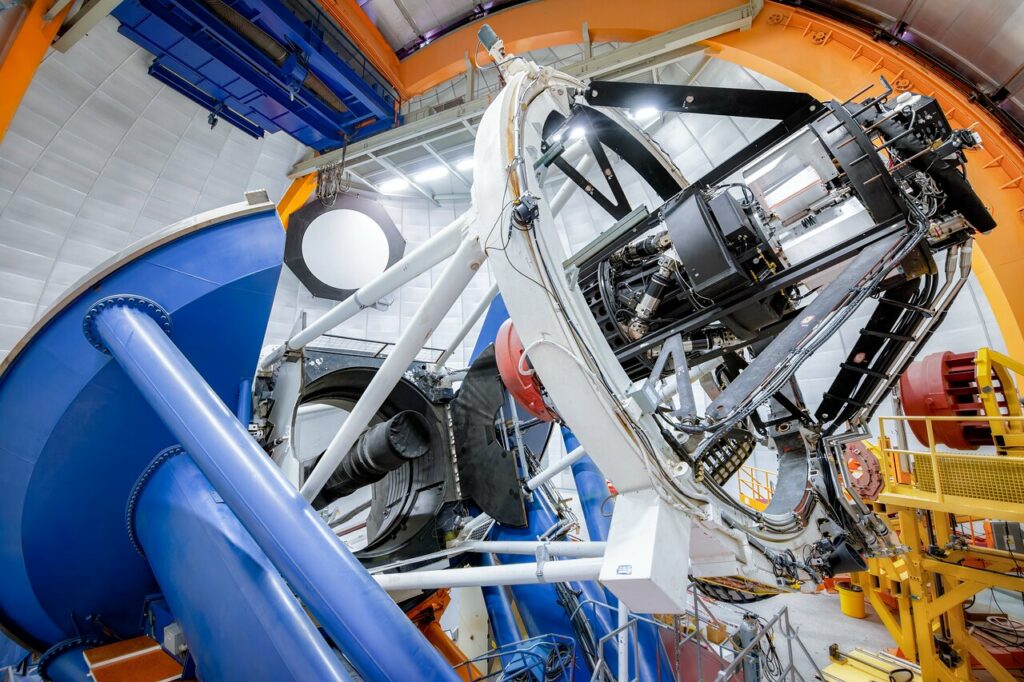Astronomers have detected a large asteroid — with a diameter of 1.5 kilometres — in the vicinity of the Earth, and while it could potentially collide with our planet, this is not expected to happen in the next century.
The US-based NOIRLab, which operates several observatories, discovered three new near-Earth asteroids (NEAs) hiding in the inner Solar System, the region interior to the orbits of Earth and Venus, which is a notoriously challenging region for observations because asteroid hunters have to contend with the glare of the Sun.
Astronomers have only two brief 10-minute windows each night to survey this area, however, despite these challenges, three asteroids were detected, of which one of them, a 1.5-kilometre-wide asteroid called 2022 AP7, is the "largest potentially hazardous asteroid" detected in eight years, as it has an orbit that may someday place it in Earth’s path.
Scott Sheppard, an astronomer at the Carnegie Institution for Science, confirmed on Monday that the asteroid will cross Earth's path, making it a potentially dangerous asteroid. Due to its large size, the asteroid is considered a so-called "planet killer."
“There are likely only a few NEAs with similar sizes left to find, and these large undiscovered asteroids likely have orbits that keep them interior to the orbits of Earth and Venus most of the time,” said Sheppard. “Only about 25 asteroids with orbits completely within Earth’s orbit have been discovered to date because of the difficulty of observing near the glare of the Sun.”
Low risk, for now
Sheppard told AFP that the threat of it colliding with Earth soon remains low as it will be "very far away" when it crosses our planet's orbit, but in a few millennia, it could become a problem, as its trajectory will be slowly modified due to the gravitational forces exerted on it, notably by surrounding planets.
This makes predictions regarding its trajectory over a very long time challenging. In the event of a collision, an asteroid of this size would have "a devastating impact on life as we know it," said Sheppard. The dust thrown up into the atmosphere would block out the sunlight, cooling the planet and causing a mass extinction.
Related News
- The first space tourist wants to return to space with SpaceX
- NASA spacecraft crashes into asteroid in successful planetary defence mission
The other asteroids, called 2021 LJ4 and 2021 PH27, have orbits that safely remain completely interior to Earth’s orbit, NOIRLab confirmed. Aside from detecting asteroids that could potentially pose a threat to Earth, this research aims to understand the distribution of small bodies in the Earth's Solar System. A
This helps astronomers to understand how asteroids are transported throughout the inner Solar System and how gravitational interactions and the heat of the Sun can contribute to their fragmentation.

